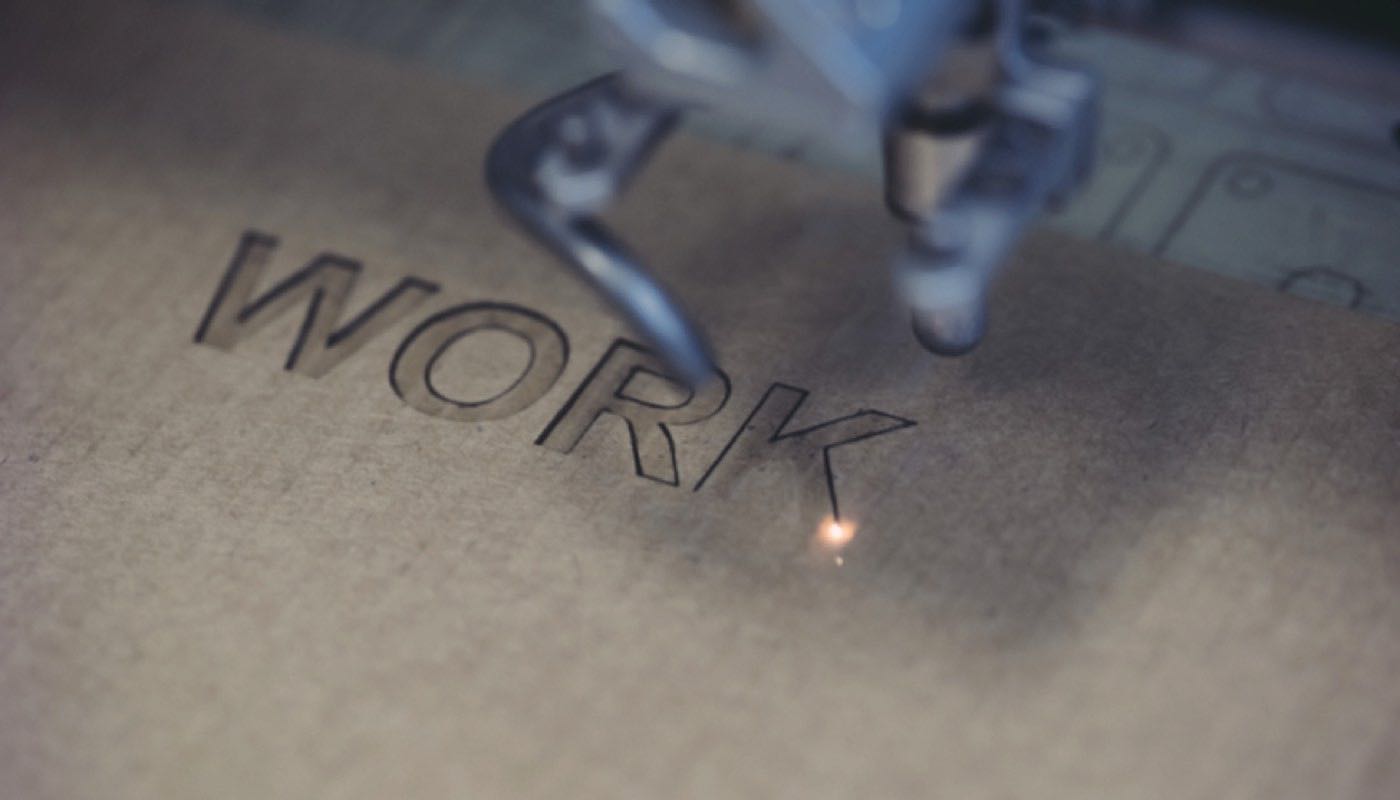

Like diamond-dragging, it can produce deep cuts. The rotary approach uses a single or multiple fluted cutting equipment that spins to cut material and leaves an exposed core. Diamond-drag has a limited width for strokes though. Use this for small engraved letters and to create striking plaques with sophisticated designs. Diamond-drag can achieve quality engraving through constant stroke widths and depth. Diamond-Drag Engravingĭiamond brass etching involves the use of a non-rotating equipment with a cone-shaped diamond tip that is dragged with pressure through the metal plate to create an impression. After the inking of the plate, the next and final step is printing through a printing machine. Tarlatan, a piece of paper, can remove the excess ink. They are pressed down to transfer all of the ink into the lines and grooves. To put the ink on the plates, ink pads or daubers can be used. Biting can be repeated to achieve desired depths. The deepness of the lines will depend on the time of exposure to the mordant and the acid concentration. The lines that were exposed to scratching are the ones that will be removed by the acid (the biting process). Afterwards, the plate is soaked in an acid solution where composition differs according to the material for the matrix and target outcomes. After the ground has dried, the drawing is etched into the ground with a steel needle or comparable tools that raise the ground from the metal. To etch on brass, you must cover it with an acid-resistant finish (ground) first. The drawing is etched on the plate when the unprotected parts are exposed to the acid. Indirect processes mean that the image is not etched directly into the plate but drawn on a coating layer called ground, which prevents the plate from corroding due to acids. For direct methods, you can use a sharp metal like a steel point or burin.

There are direct or indirect intaglio techniques. The ink sticks to the grooves or lowered parts and then put back to the paper. For intaglio, images can be inked and subsequently printed on the brass. Intaglio is the Italian word for carve, referring to a technique for etching on a metal plate. If you’re new to using brass and want to know both the classic and the latest techniques, here are several methods for engraving brass. Some examples of brass signs are office and residential plaques for inner and external grounds as well as commemorative signage. Engraving brass consists of cutting, carving, or printing on brass steel plates. Brass is a popular choice for signs because of its surface that ages beautifully in time and its impressive resistance to corrosion.


 0 kommentar(er)
0 kommentar(er)
